Zig-Zag 3D-Shaping. As well as the double 3D-shaped seams, there is an additional diagonal 3D-shaped seam on every cell. This forms a striking zig-zag pattern. The advantage of Zig-Zag 3D-Shaping is that this seam doesn’t run in the direction of the spanwise force. This means the seam runs more cleanly and is more aerodynamically advantageous. This innovation reduces the creases in the leading edge.
Weight-optimised cloth. We not only test the sail cloth for durability (high porosity or reduced tear resistance through UV damage or wear) but also for mechanical robustness, for example stretching. For quality control purposes we regularly take samples during serial production.

Mini-Rib Vector Tape. Mini-ribs increase the number of cells in the rear wing area and thus provide an aerodynamically more favourable trailing edge. The MENTOR 6 Light has an additional vector tape in this area. This tape reduces the crease that is created when braking. This markedly increases climb performance and handling. Additionally, there is a brake gathering system on the trailing edge. These features mean the MENTOR 6 Light has a beautiful, smooth trailing edge, even when the brakes are applied.

New risers. The risers on the MENTOR 6 Light are a further development of the Speedbrake Riser and this means the B-line area is also shortened when the C-line area is pulled during accelerated flight. The advantage is that the when using C-steering, there is no performance-limiting crease between the B-line and C-line areas, which is otherwise typical in three-liners. The new MENTOR 6 Light comes with the new riser as standard, so no retrofitting of the Speedbrake Riser is necessary. The new risers are practical and lie comfortably in the hand - during groundhandling and when getting ready to launch.
Learn more about the new risers at News & Stories.

Ergonomic brake handles. We developed the new brake handles for the MENTOR 6, so of course they also feature on the MENTOR 6 Light. The new brake handles have an ergonomic design and are comfortable to handle.
Double-B splits. These double-B splits are similar to the double-A splits in two-liners and these allow for a better load distribution in the chord direction. This ensures more stability and fewer creases between the individual line areas.











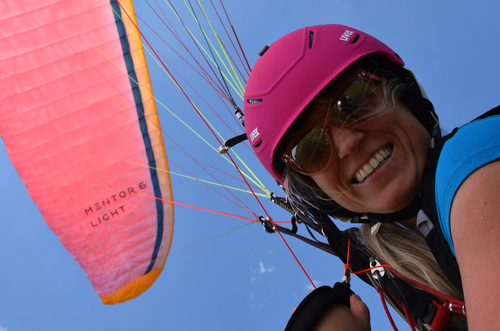


 Blue
Blue
 Lime
Lime
 Red
Red








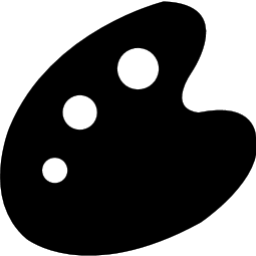

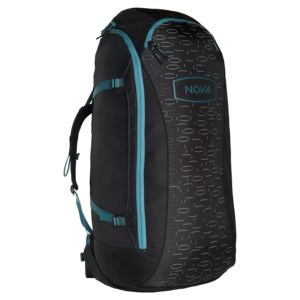 NOVA Rucksack.
NOVA Rucksack.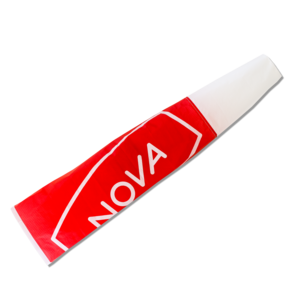 NOVA windsock.
NOVA windsock.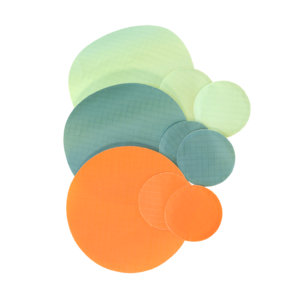 Repair kit.
Repair kit.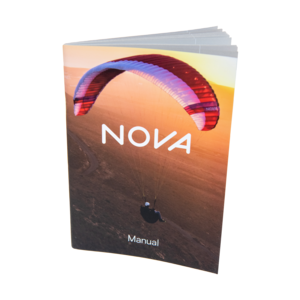 Manual.
Manual.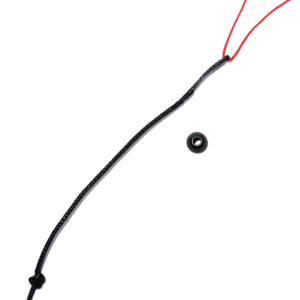 Speed system cords.
Speed system cords.